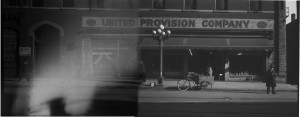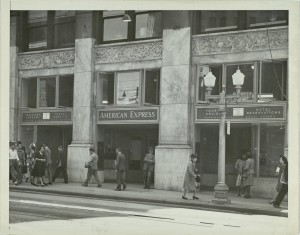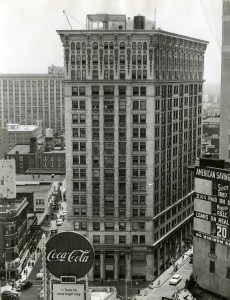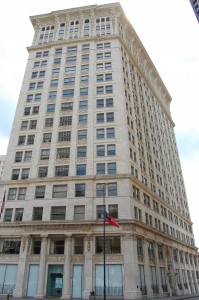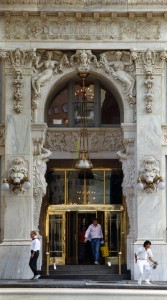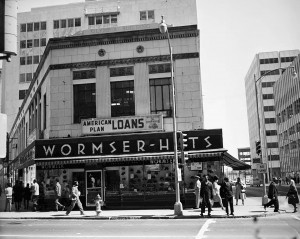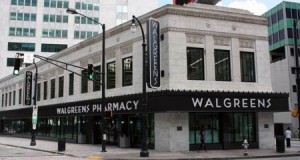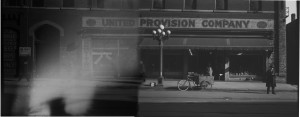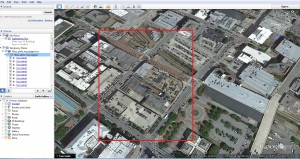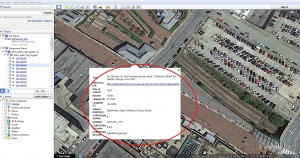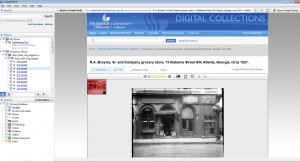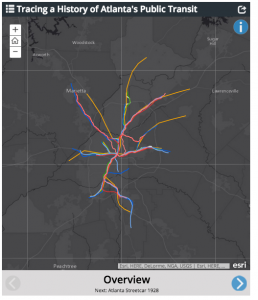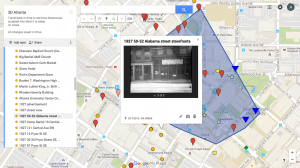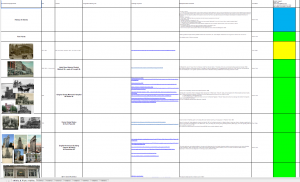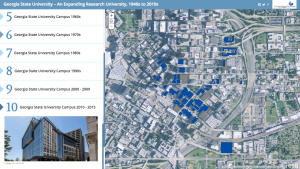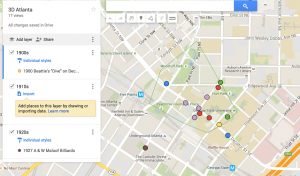I like maps. If you have read any of my other blog posts you may have caught onto. Maps are great tools that help viewers visually gain a spatial understanding of whatever it is the map is trying to convey. As a Geoscience major at Georgia State University completing my GIS certificate, I approach every problem or interesting topic I face, with a spatial mind set. It is amazing all the ways we can present data that seems to have no spatial implications solely, but when coupled with other elements can create a provoking and informative map.
Photographs are an instance of data that can be powerful when visualized spatially. An image captures one moment or instance and it is essentially frozen in time, the image serves as a static representation of the subject matter. When combining multiple representative images with spatial information, the images can then come to life and display the dynamic change of said subject matter. The Aerial Photograph project does just that with the metro Atlanta area and surrounding counties being the subject matter.
Aerial photographs are photographs taken of an area from above. The Aerial photographs project takes old archived digitized aerial snapshots from several decades starting from the 1940s of the Metro Atlanta area, of which we stitch and then georeference together to create complete and geographically accurate aerial images of each year.
The images come out to be extremely large in file size, but equally as detailed. These images will serve as complete snapshots of how the metro Atlanta area changed from 1940s to now. They display how land use and land development progressed through the past 60 years. With the aerial images researchers can use them to study urbanization of an area, and when layered with other data can be used to formulate a compelling story.
Until Next Time,
Alexandra Orrego
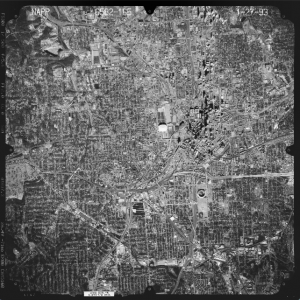





_now_the_J._Mack_Robinson_College_of_Business_Administration_Building.jpeg/250px-Empire_Building_(built_1901)_now_the_J._Mack_Robinson_College_of_Business_Administration_Building.jpeg)

